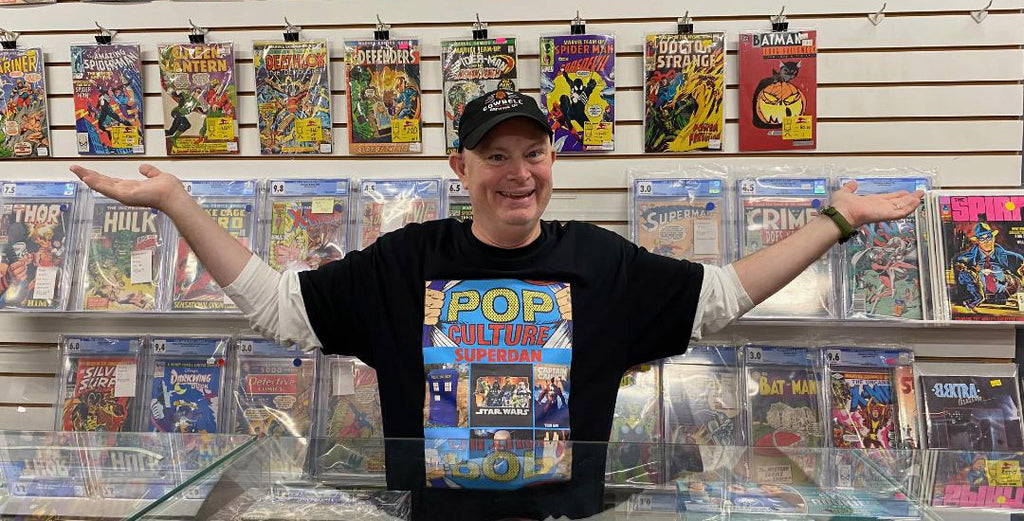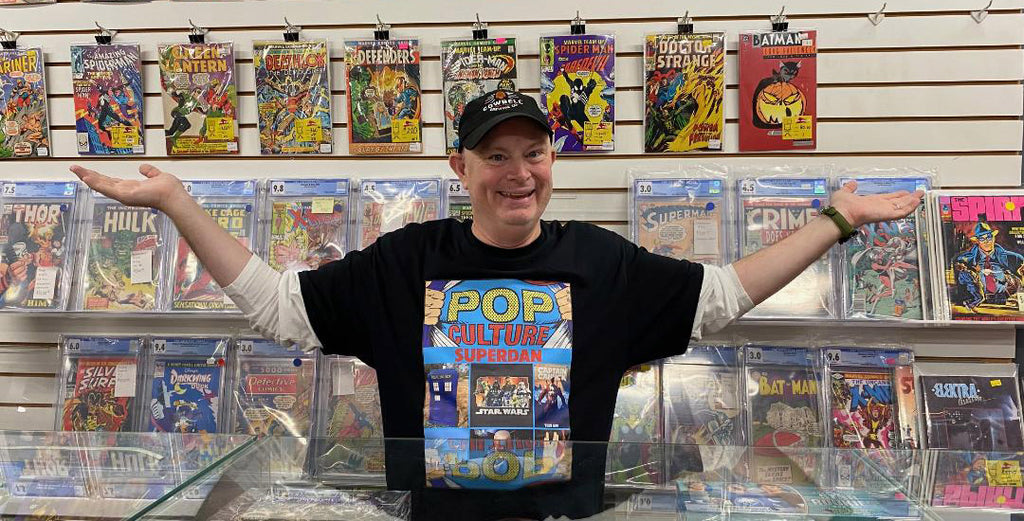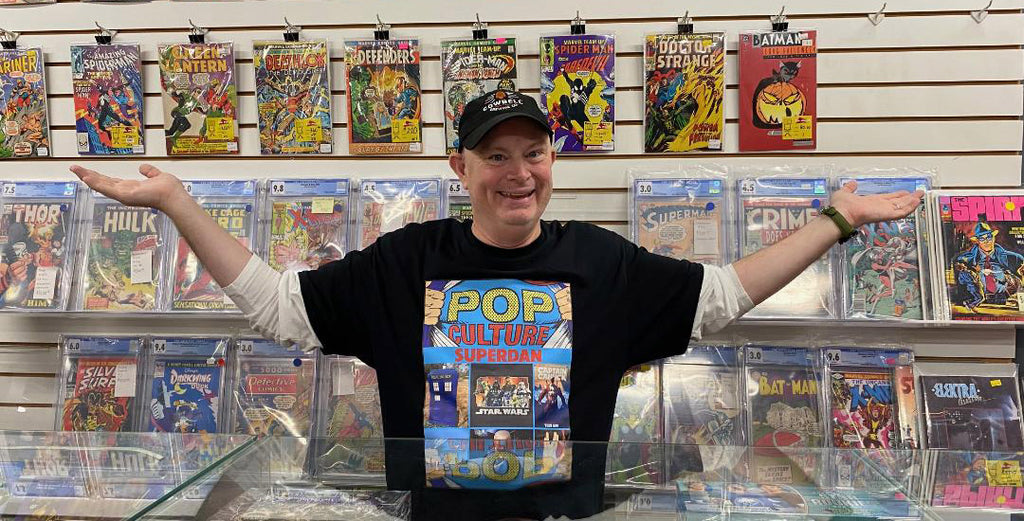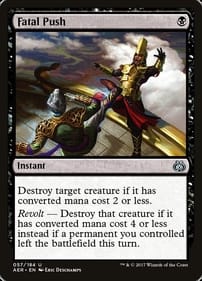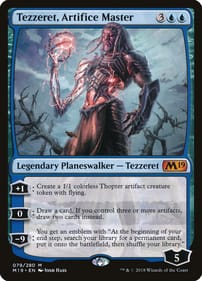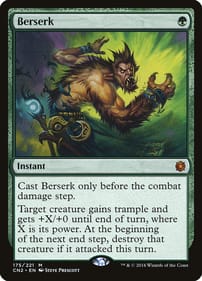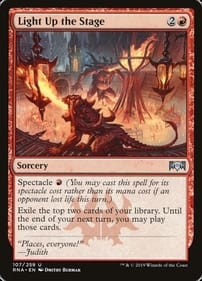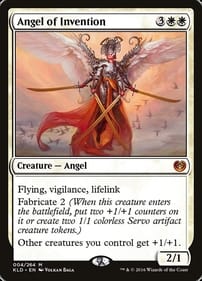The Marvel Universe: An appreciation
By Dan Brown Did you ever have one of those posters showing all the Marvel superhero characters gathered together in one place? Over the decades, successive generations of Marvel artists have depicted that crowded scene – row after row of colourful do-gooders, a cast of literally thousands, standing at the ready to fight evil.. Whether this heroes’ gallery was drawn by Jack Kirby, John Byrne or Michael Golden or someone else, my jaw hits the floor every time I see it. I am in awe of the creative energy it must have required to come up with backstories and costumes for all of them. So what I want to do this week is take a moment to praise the folks at Marvel for doing such a good job of churning out one interesting character after another since 1939. This will come as no surprise to regular readers who know I was raised on Marvel Comics in the 1970s. (And don’t worry, DC fans, I’ll do a tribute to that company’s stable when I figure out the right way to do it.) When it comes to being prolific, no other comic publisher has the track record Marvel does. What a riot of invention! What a unique assemblage of talent! What a big bang of creativity that set and kept the Marvel Universe in motion! The Marvel Universe is what results when the right talented people get together and are allowed the freedom to let their minds wander. It’s an example of what no less an authority than Willy Wonka calls “pure imagination.” Jack Kirby and Stan Lee – who launched such comics as the Avengers, the Fantastic Four, the Incredible Hulk and the Uncanny X-Men – were undeniably the creators among creators at Marvel. I don’t want to get too much into the weeds on the question of which man possessed the real vision, so let’s just state for our purposes here today that Kirby and Lee combined are among the greatest and most prolific American originators of characters, in the same league as Walt Disney, Jim Henson, Dr. Seuss and Mark Twain. It’s true the different creative teams at Marvel were motivated by economic necessity. They never met a trend they didn’t try to plunder, like the disco craze. No sooner, it seemed, had Studio 54 opened than Marvel came up with the mutant Dazzler – who has all the powers of a disco ball! When kung fu movies likewise hit it big, Marvel answered with Shang-Chi and Iron Fist. Sometimes the plundering was done for the right reasons, as when characters like Black Panther and Power Man were devised to give black readers heroes of their own. Although some fans have by now grown weary of the offerings from Marvel’s movie division, the studio hasn’t even begun to scratch the surface of the vast library of characters it owns. No one would call the comic-book Agatha Harkness a major Marvel character, but there’s currently an entire series streaming right now devoted to her solo adventures. A series about Wonder Man – another B-list character – is set to debut next year. As someone who appreciates and values imagination, I can’t help but be deeply impressed by how productive Marvel has been over the decades, creating a surplus of diverse characters who have now become recognized around the world. And yes, the chumminess of the Marvel Bullpen was likely an illusion created by Lee to help infuse the Marvel brand with an air of fun, but at the end of the day we are still left with what all of those artists, writers, colourists, letterers and editors wrought: An entirely original group of compelling heroes. There’s literally a character for everyone. I stand in awe. Dan Brown has covered pop culture for more than 31 years as a journalist and also moderates L.A. Mood’s monthly graphic-novel group.
Let’s Stop This Comic Trend While We Still Can
By Dan BrownIt started, as far as I can tell, with Watchmen back in 1986.And it ends now, if I have anything to say about it..What am I on about?I’m not even sure what the correct term is. Some call it “back matter,” others say “supplemental material.”I’m referring to the several pages of prose that appeared in every issue of the landmark DC series back in the day. The same material was reproduced when all 12 Watchmen issues were collected into one volume and sold as a graphic novel.In Watchmen, it took the form of faux newspaper articles or documents or book excerpts that shed light on the rest of the story and the characters in it. Alan Moore came up with the stuff when DC was unable to sell ads in the individual issues of what was then an experiment in more mature storytelling.I don’t honestly know how many other comics have used the same device. I have noticed that at least one other series – the alien-invasion tale Wild’s End by Dan Abnett and I.N.J. Culbard – features the same kind of afterword section. I recently read the collected Wild’s End for L.A. Mood’s graphic-novel group, it was one of the books we covered this summer. And each chapter ends with supplementary material.In individual Wild’s End issues, which started appearing in 2015, the back matter takes up as many as five pages. The goal appears to be the same as with Watchmen — to give readers pertinent information in a way that adds context and shading to the story told in comic panels in the front of the book.Maybe you’ve read comics with the same device. I know there is a vast audience out there of comic enthusiasts who don’t even bother to read these pages, which are akin to the bonus material you get with a DVD.In the ideal case, these back pages would flesh out certain aspects of a given story, supplying readers with an even deeper reading experience. That’s fine, but what I fear is these prose epilogues will become the norm.I’m not opposed in every instance to non-comics material in my comics. I grew up reading Marvel Comics in the 1970s and at least two pages in every issue of, say, the Uncanny X-Men, were devoted to a letters column and Bullpen Bulletins. I loved that stuff, it was fun. Those pages made me feel like I was a part of the Marvel community at a time when there was no global communication device like the internet (you can imagine how crushed I felt to learn Stan Lee had made up reader letters in some early Marvel issues). But enough already.This is a pet peeve of mine I’m hoping comes to an end before other creators take it up and it becomes a full-on trend.For starters, five pages out of an individual issue is just a huge chunk of space. I know the justification is that certain aspects of a story are better told in text, but if you’re like me, you don’t like chocolate in your peanut butter. Prose already has a showcase, they’re called books.Taking five pages away from a powerful creative team is too much of a sacrifice. With five extra pages an issue, a creator like Jack Kirby could have launched whole new universes full of interesting characters, concepts and locations.And, frankly, those prose pages never have the same impact as the rest of a chapter or a specific single issue. Reading them feels like homework, frankly. At least it does to me.Also, they just reek of literary pretense. Comics don’t have to be more like books. They are a perfectly legit artform without text passages, so let’s nip this incipient trend in the bud.Creators, the work you do with drawings and word balloons is perfectly fine on its own. You don’t need a prose section at the back of your latest comic to give you credibility, comics are perfect the way they have always been presented.Disagree? I’d love to hear why in the comment box below!Dan Brown has covered pop culture for more than 31 years as a journalist and also moderates L.A. Mood’s monthly graphic-novel group.
Comic Fans, You Don’t Have to be Extremists
By Dan BrownI have an observation about pop culture that also applies to comics fandom. I want to share it with you.It’s OK to stand in the middle of the road.I don’t mean that literally. What I mean is, when you’re thinking about your feelings for comics, books, movies, TV shows, or anything else, you don’t have to be an extremist.You don’t, in other words, have to love something or hate it.The world, and the human imagination, are vast enough to accommodate more than two possible feelings.So when you watch this summer’s Star Wars series The Acolyte, you don’t have to immediately go to your socials and post, “I loved every minute of it!” Nor do you have to state, “I hate all Star Wars properties produced under the Disney banner!”It is perfectly OK to say, “I liked maybe two of the episodes of Acolyte, but the rest of the eight-part series didn’t move me.”Get the idea? When you’re talking with a friend about Taylor Swift, you don’t have to boast, “She is the best/worst!” It is perfectly acceptable to say, “I guess she’s OK.” She doesn’t have to be at the top or the bottom on the list of your favourite musicians.It’s OK to sort-of like a franchise or a property or an actor or a superhero or a comic title.In no way is it wrong to have mixed feelings. Being “Meh” is a totally acceptable way to feel.I’m not one of those columnists who blames the internet for all of society’s ills, but I do think when people go online they get the impression everyone else is a partisan of one stripe or another.If all that’s required of people is to love or to hate, then it’s easier to sell them stuff, whether that be a political ideology or a new product.And perhaps in the comic world the presence of “completists” – those who have to have every issue of a certain series, or every book by a certain author, no matter how good or bad – makes everyday fans feel they can only belong at one end of the spectrum or another.If you recall the 1989 Spike Lee movie Do the Right Thing, there’s a character named Radio Raheem who has a gold plate over his left fingers spelling out “HATE” and another on his right hand spelling out “LOVE” That was his way of viewing the world.Don’t be like Radio Raheem. (This would be the right time to note: I enjoy some Spike Lee joints, but not all of them. I guess you could call me a middling fan of his work.)Likewise, you don’t have to love a comic deeply or loathe it with all your soul.Riding the fence gets a bad rap, but the full range of emotions is available for your use, and I’m giving you permission right now to even have contradictory feelings sometimes. Because that’s what most of life is when you’re an adult: Neither black nor white, but beautiful shades of grey.I hear so much about how so many things in our modern times are “divisive.” That new Beyonce song is divisive . . . The new Toronto Blue Jays uniforms are divisive . . .Disney’s latest live-action remake of a cartoon classic is divisive . . .Well, things would be a whole lot less divisive if we embraced the entire rich tapestry of human emotions, not just the extremes at either end.Even this column is subject to this principle.If you kind-of like what I had to say, I’m fine with that!Dan Brown has covered pop culture for more than 31 years as a journalist and also moderates L.A. Mood’s monthly graphic-novel group.
Are New Stamps a Sign We’ve Reached Peak Graphic Novel?
By Dan Brown It’s an honour few receive and fewer deserve. It’s not something young Canadians aspire to, but it’s arguably more prestigious than getting a spot on Canada’s Walk of Fame, having your name on the Stanley Cup, or joining the Order of Canada. It’s reserved for those special individuals who have had a deep impact on this dominion we call home. It’s the literal stamp of approval. And now the literary medium you and I love – graphic novels — has it. That’s right: Last month, Canada Post – the folks who deliver the mail – dedicated a series of postage stamps to Canada’s graphic novelists. Chosen for the honour were Chester Brown, Michel Rabagliati, Seth, and the Tamaki cousins, Jillian and Mariko (these creators also contributed the designs that were used). “All of (them) have made significant contributions to the genre and continue a long line of Canadian storytellers honoured by Canada Post,” the Crown Corporation said in a statement about the four adhesive tokens. Those names were selected for their influence on graphic novels as an art form. It became clear a long time ago the Great White North produces more than its share of brilliant graphic novelists. I would liken their dominance in the field to how Canadians are overrepresented in the world of comedy. “The five novelists honoured on the new stamps pushed the boundaries and elevated the form, leaving a mark on readers around the globe,” Canada Post added. I’m sure we could all find reasons to quibble with Canada Post’s selections. I realize it’s still early days, but doesn’t Kate Beaton merit a stamp? And I gotta stand up for Southwestern Ontario’s own Jeff Lemire. He should get one as well.Other possibilities include Guy Delisle, Joe Ollmann, Bryan Lee O’Malley and Dave Sim. That’s off the top of my head. It’s possible other artists were asked to participate, and declined. Whatever happened, there are clearly enough influential homegrown graphic novelists for similar future stamps. It’s true there have been previous Canada Post issues dedicated to comic characters – such as the superheroes Captain Canuck, Fleur dy Lys and Superman. This is the first time graphic novels have been singled out. “Graphic novels tell rich stories by interweaving words and drawings in comic-book-like panels” is how Canada Post makes the distinction. A far more interesting question to ask is, what does this say about society’s attitude toward comics and graphic novels? Surely despite their origins as cheap reading material for kids, they have now gained mainstream approval as an adult pastime? With its announcement, Canada Post is in essence saying graphic novels are as Canadian as beavers, the flag, hockey, and Donald Sutherland, all featured on past stamps. Could the medium get any more respectable? University courses are taught about graphic novels. Scholars write actual books about comics.. They are included in Canada Reads, and they have been source material for movies and TV shows for decades. My nightmare would be the stamps are a sign graphic novels have peaked. Could Canada Post’s gesture, which was meant as an honour, actually be the kiss of death? Naw. I ain’t worried. After all, rock-and-roll pioneer Elvis Presley had to wait a full 16 years after his death to be honoured by the United States Postal Service with a stamp. And when the USPS offered consumers a choice – did they want a handsome young Elvis on the stamp, or an older, sweaty Elvis in a jumpsuit? – more than a million Americans registered their votes in the pre-internet era early 1990s. Look what’s happened to Elvis since then. He hasn’t faded from the collective memory at all. In fact, there was a major motion picture just two years ago telling his story to an entirely new generation. No one is losing interest. Rather than being an indication graphic novels are on the wane, I choose to believe there are many more Canadian creators who will redefine the medium again and again in the days to come. Oh, and while we’re on this topic, Happy Canada Day! Dan Brown has covered pop culture for more than 31 years as a journalist and also moderates L.A. Mood’s monthly graphic-novel group.
On Free Comic Book Day, Something For Everyone
I don’t know what kind of comics you like. But I can say this much with certainty: When you visit your favourite comic store on Free Comic Book Day (which lands on May 4) you will find a veritable horn o’plenty to pick from. That’s right. There’s something for everyone. It’s an old-fashioned cornucopia. Or maybe a comicopia? What I mean is, whatever publisher, fandom, character, creator, title you favour, you will find something to scratch that particular itch. I say this after getting a sneak peak of the bulk of the freebies that await you at stores like my preferred comics haunt, L.A. Mood Comics & Games. Fandoms like Star Wars, Stranger Things, Teenage Mutant Ninja Turtles, and Planet of the Apes are represented by offerings from publishing houses such as Marvel, Dark Horse, Titan, Fantagraphics, and IDW. Here are a few highlights from my reading to help inform your FCBD excursion:*For a sentimental old fool like me, the title that jumps out is Snoopy: Beagle Scout Adventures, a sampler with strips pulled from the collection of the same name landing in bookstores at the end of April. What ‘s better than Snoopy and Woodstock camping in the woods? Snoopy and a whole troop of little Woodstocks camping in the woods! *Marvel is putting on a big push on a couple fronts. One is this year’s companywide crossover, called Blood Hunt. The premise is that perpetual night has fallen on the Marvel Universe, which means it’s feasting time for vampires, including the hungriest bloodsucker of them all, Dracula. The other front is Marvel’s Voices line, which features characters and creators aimed at the queer, Indigenous and Latino communities. *The best cover may be the one on Tons of Strange, a child-friendly homage to the EC horror titles of the 1950s. Inside, you’ll find Jawas playing dice in the sands of Tatooine! *Speaking of the 1950s, Stories from the Atlas Comics Library includes a Stan Lee-penned piece in which the then-unknown creator took aim at Fredric Wertham. He’s the crank psychiatrist who provided the anti-comics crowd with pseudo-scientific cover for their crusade to ban comics, which included comic burnings, back in the day! *Also in the running for best cover is the one for Conan: Battle of the Black Stone, which features everyone’s favourite barbarian hefting a bloody axe. It comes from Heroic Signatures and Titan Comics. Is there a comics company out there that hasn’t published his adventures? The difference this time is the current licence holders are trying to situate Conan within a larger Robert E. Howard universe of characters. *Perhaps the broadest sampler pamphlet is the one featuring Asterix and Obelix, which includes episodes culled from seemingly every one of their books. Oh those wacky Gauls! *The Kill Shakespeare universe makes a return with Romeo Vs. Juliet, which imagines the star-crossed lovers crossing swords! How is this possible? It turns out Juliet faked her own death. No word in this promo pamphlet on how Romeo managed to shuffle back onto this mortal coil. *The Teenage Mutant Ninja Turtle handout includes a slice-of-life tale in which Master Splinter has a rare evening of quiet away from his adopted mutant sons. All I will say is that the rodent sensei doesn’t spend all his free time meditating!*The Cursed Library Prelude takes place in the Archie Horror world, so for those who prefer the dark side of Riverdale, prepare to meet Jinx, the daughter of Satan himself! It also features a snippet of a ghost story starring Archie’s favourite blond, Betty Cooper! So if you’re a fan of Venom, Flash Gordon, Johnny Quest, ThunderCats, Hellboy, Frankenstein’s wife or Mei-Mei the red panda, there’s something for you this FCBD. And that’s just the free comics . . . I hope you’ve been saving your shekels because the annual event is also a great excuse for London’s comic retailers to offer customers some outrageous deals!I love FCBD, dubbed Geek Christmas by some, for the feeling that’s in the air around town. It’s kind of like a moving fan convention as Forest City comic enthusiasts, cosplayers and pop-culture followers travel around our community, checking in at all the different stores. There’s a rare convergence this time as FCBD and May the Fourth (the day unofficially set aside to celebrate all things Star Wars) coincide, so there’s bound to be the waft of bantha steaks in the air. Don’t miss it! Dan Brown has covered pop culture for more than 31 years as a journalist and also moderates L.A. Mood’s monthly graphic-novel group.
Looking Back at 2023: The Year in Comics
By Dan BrownThe categories are arbitrary. My picks are open to debate. You likely have come to totally different conclusions.That said, here are the highlights – according to no one but me – from the last year in the comics biz.Villain of the year: The hip dragon from Scott Chantler’s Squire & Knight graphic novel, who sounds to my ear like a beach bum. When attacked by a self-promoting paladin, he responds in a laconic way: “Pretty rude, man.”Hero of the year: Common sense, as portrayed in the same book, which comes from the Stratford-based comic creator. It outlines the adventures of a medieval do-gooder and his young apprentice, who refuses to jump to conclusions based solely on circumstantial evidence. Turns out common sense is actually not that common. Writer of the year: BealART grad Lynette Richards, for Call Me Bill, an evocative tale delving into a long-standing East Coast maritime mystery. Richards gives the title character, an actual mariner, a plausible back story, in the process paying tribute to someone who was ahead of the times. Artist of the year: London’s D.S. Barrick for his work on Murgatroyd & Nepenthe, which he describes as a tale of two travelers trekking through the hinterlands of the imagination. It’s a visual feast not to be missed.Comic of the year: Crimson Fall: Lambs of God. This Derek Laufman mini-comic about two mismatched characters, a cleric and a knight, can be read as a straightforward story about demons in a dungeon, but underneath that is a much broader debate about the limits of reason to explain the world around us.Graphic novel of the year: Palookaville No. 24, particularly the latest instalment of Nothing Lasts, Seth’s autobiography-in-the-making. He calls attention to the constructed nature of his life story, encouraging the reader to think about the way memory becomes fiction. Or was it always fiction? (I suppose Seth’s latest is technically a comic, but it has a hard cover so it qualifies as a graphic novel in my mind. It’s not like Seth is publishing it monthly.)Panel of the year: The final panel of Are You Willing to Die For The Cause?, the Chris Oliveros book about the FLQ’s early days. On page 134, he shows the police celebrating the demise of the FLQ – just as the separatist terrorists were about to embark on their bloodiest exploits. “Hurrah!” the officers cheer. Bitterly ironic. The same book features a panel on page 123 of an FLQ hideout littered with empty Labatt 50 bottles. It doesn’t get more Canadian than that!Cartoon of the year: A New Yorker cartoon by Ellis Rosen depicts God, wine glass in hand, explaining to an angel helper why heaven looks different: “I had the vastness of creation replaced with hardwood floors.” Originally published two years ago, it came up in my New Yorker desk calendar on Dec. 1.Understatement of the year: Bob Iger, Disney CEO, said the glut of Marvel content online and in movie theatres has “diluted focus and attention” among fans of the company’s superheroes. (The Marvels, which I’m told is a strong movie, debuted with less than $50 million at the box office on its opening weekend, a first for a Marvel release.)Comeback of the year: Michael Keaton reprised his role as the Dark Knight in The Flash. By many accounts, the funnyman was the best thing about the motion picture, which served as the swan song for the current phase of DC’s big-screen superhero adaptations.Disappointment of the year: Marvel introduced Doctor Aphra in its Darth Vader title way back in 2015, yet still no movie or show built around the amoral archeologist. At this rate, the gonk droid will have its own Disney+ series before Aphra.Dearly departed: Among the comic creators who died this year are Al Jaffee, Joe Matt, Keith Giffen and Chris Browne. I once had a lovely conversation with Browne about how he continued the Hagar the Horrible newspaper strip after his father retired. Just a really nice dude to interview. The world is poorer without these guys.Comic blog/website/web presence of the year: I continue to enjoy a Facebook group seemingly titled with me in mind, Old Guys Who Like Old Comics. Jeremy Kirby is also doing yeoman’s service preserving his grandfather Jack Kirby’s legacy with his group the King of Comics.Comic journalism of the year: The book Dirty Pictures by Brian Doherty is a history of the underground comics scene in the U.S, the surprising part being how much of an impact these often-crude publications made on mainstream comics culture. It shows what can be done in the medium without an industry censor.Now, over to you . . . what were the comic highlights for you in 2023? I want to hear all of your picks in the comment box below. Feel free to invent some categories!Dan Brown has covered pop culture for more than 31 years as a journalist and also moderates L.A. Mood’s monthly graphic-novel group.





